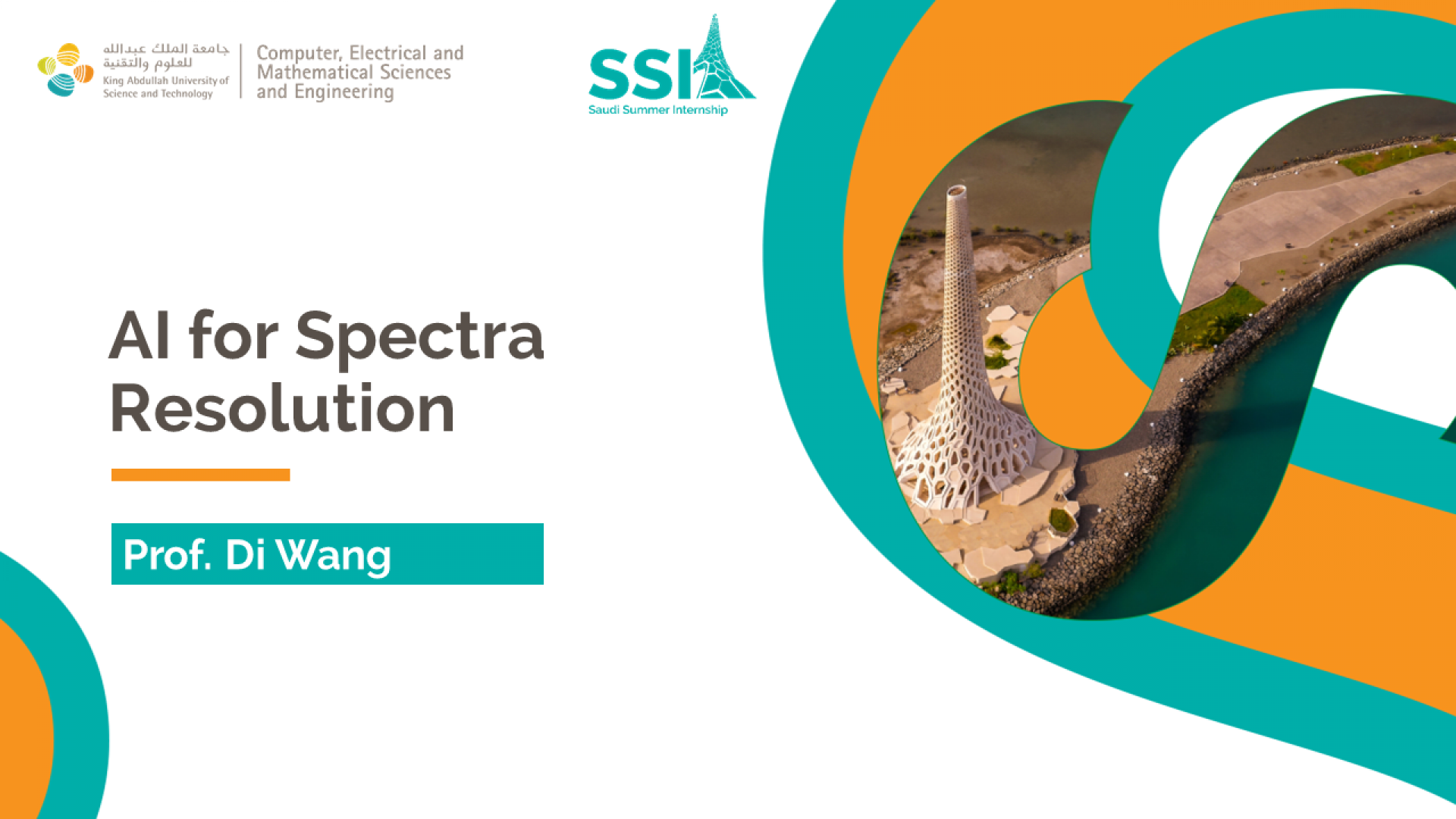Project Start Date
Project End Date
Abstract
Color is one of the most effective means to identify, classify and perceive objects. Due to the biological nature, human’s naked eyes are sensitive to red, green and blue colors only, while Mantis Shrimp’s eye can resolve up to 16 different colors simultaneously. However, our understanding of different color interpretation mechanisms is limited. On the other hand, colorimetric sensing and imaging is a golden standard in biomedical diagnostic areas. Human’s naked eye is incapable of identifying tiny color changes. Therefore, optical spectroscopy tools are required. In recent years, it has been a trending topic in both academia and industry to develop miniaturized, portable, and inexpensive spectrometer systems, which can enable many emerging applications for on-site, real-time, and in-situ spectroscopic/colorimetric analysis. Unfortunately, due to the over-simplified optical design and mechanical limit of compact architectures, the actual performance of miniaturized systems is much lower than that of their benchtop counterparts. Therefore, strategies to enhance the color identification capability of miniaturized systems are highly desired.
This project aims to fill the gap of high-performance miniaturized spectrometer leveraging state-of-the-art nanophotonics, machine learning (ML) algorithms, and optical system engineering. A miniaturized, ML-based, plasmonic-chip spectrometer will be realized to address the existing challenges in nanophotonics and ML and enable intriguing inexpensive but high-performance on-chip spectrometer for daily spectral analysis applications. Our preliminary data show that the nanostructure can achieve the on-chip wavelength splitting functionality and the resulting nanopattern, with the aid from ML, can reveal the spectroscopic details equivalent to a conventional grating-based spectrometer.
Deliverables
Publish a paper.
